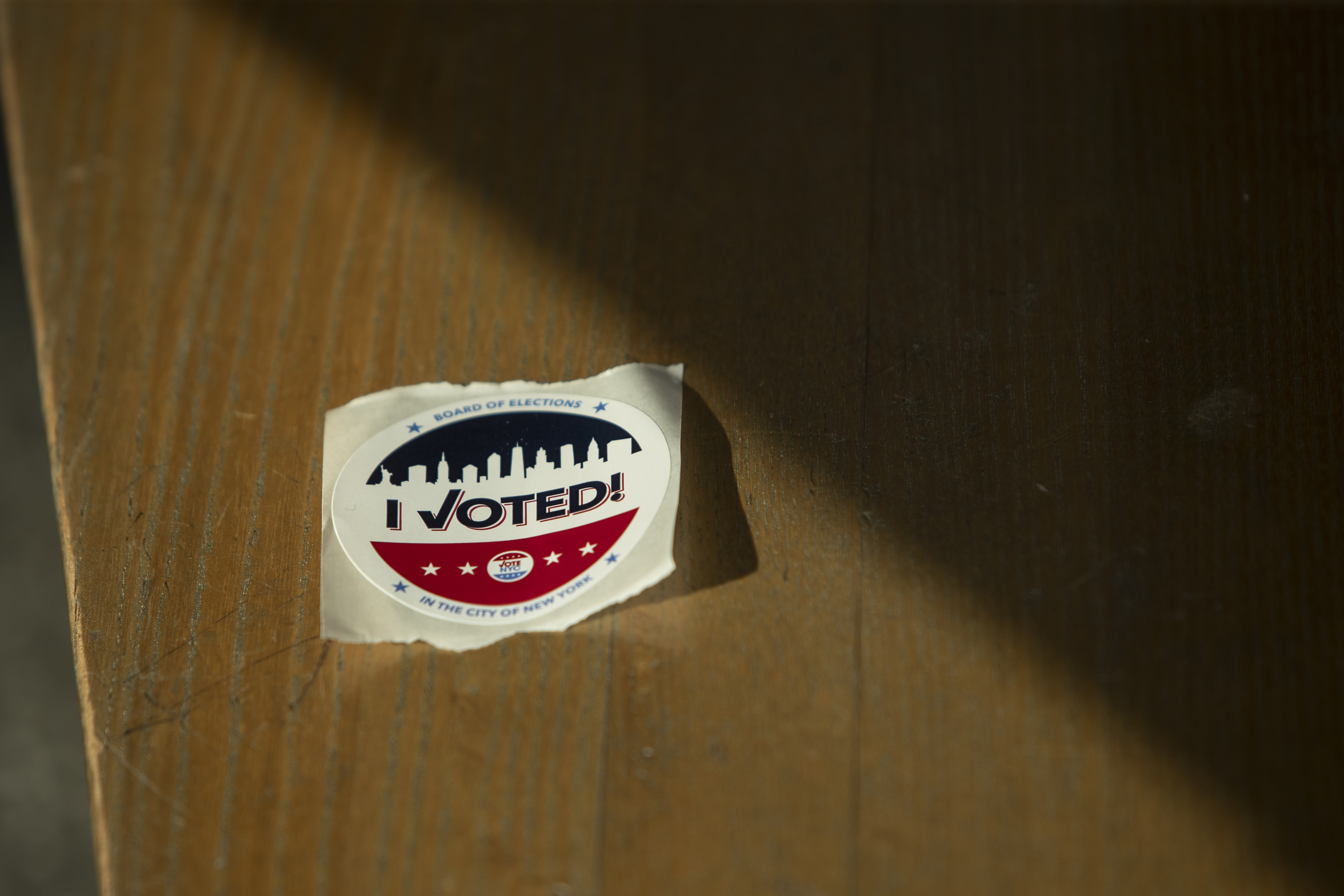
If you’re still shopping for a presidential candidate, the period between Labor Day and November 3rd is when you may make your choice.
To gain information, you may talk to your friends, do some reading, mine social media, view television, and watch the polls. But just how important are the polls, and how much attention should you pay to them?
Polls help us learn how people feel about issues, values, and in this case, candidates.
When designed and administered properly, polls can tell us a lot about people’s opinions at the time they are carried out. They are worthwhile when the responses reflect the population they are intended to represent.
For example, women comprise about 52% of the adult population and therefore should be 52% of the poll composition, or sample. The same thing goes for age, race, and other demographic factors. If the poll is a national poll, about 12% of the participants should be included from California because it has about 12% of the national population.
Next, the participants in a quality poll should also be selected randomly. If the pollster uses a list of registered voters, he or she needs to contact one potential respondent for every so many voters on the list, making sure that the participants are balanced for various social and demographic factors.
There are other needs as well. One has to do with “oversampling” various groups.
For example, African-Americans and Latinx each are expected to comprise about 13% of the electorate in 2020, meaning perhaps 130 or so participants in a 1,000-member survey; Asian-Americans are expected to be about 5%.
The subsamples of these are so small that pollsters may have to generate responses from 300 or 400 in each group, average their answers, and include their percentages in the 1,000-member sample.
These steps are taken to enable the most accurate representations of all potential voters. Even then, pollsters calculate a margin of error with their polls.
As a general rule, the greater number of people polled, the lower margin of error.
So, if 1,000 people are surveyed, margin of error may be +/- 3%, meaning if 45% those questioned say they will vote for candidate X, it could be between 42% and 48%.
If a survey is asked to 400 people, the margin of error could be +/- 5%, meaning potentially a 10-point swing.
So, why don’t all polls have a small margin of error? The more questions and larger number of people in a poll, the greater the cost.
With all of these caveats, you may be tempted to ask, why bother with all of the work if the answers may not be precise, especially if they represent a brief moment in time? Because if the same approach is used repeatedly over time, we can usually see a trend — and that may foretell the future.
Even then, some polls are much better, and therefore more reliable, than others. That’s because some pollsters are more careful than others.
How do you know which polls are worth reading? You may want to check out Nate Silver’s fivethirtyeight.com, which presents polling data regularly along with a grade for each polling organization.
So, the next time you see a poll, it may well be a source of valuable information for the moment. In other words, appreciate it for what it is, but beware of making too much of it.




